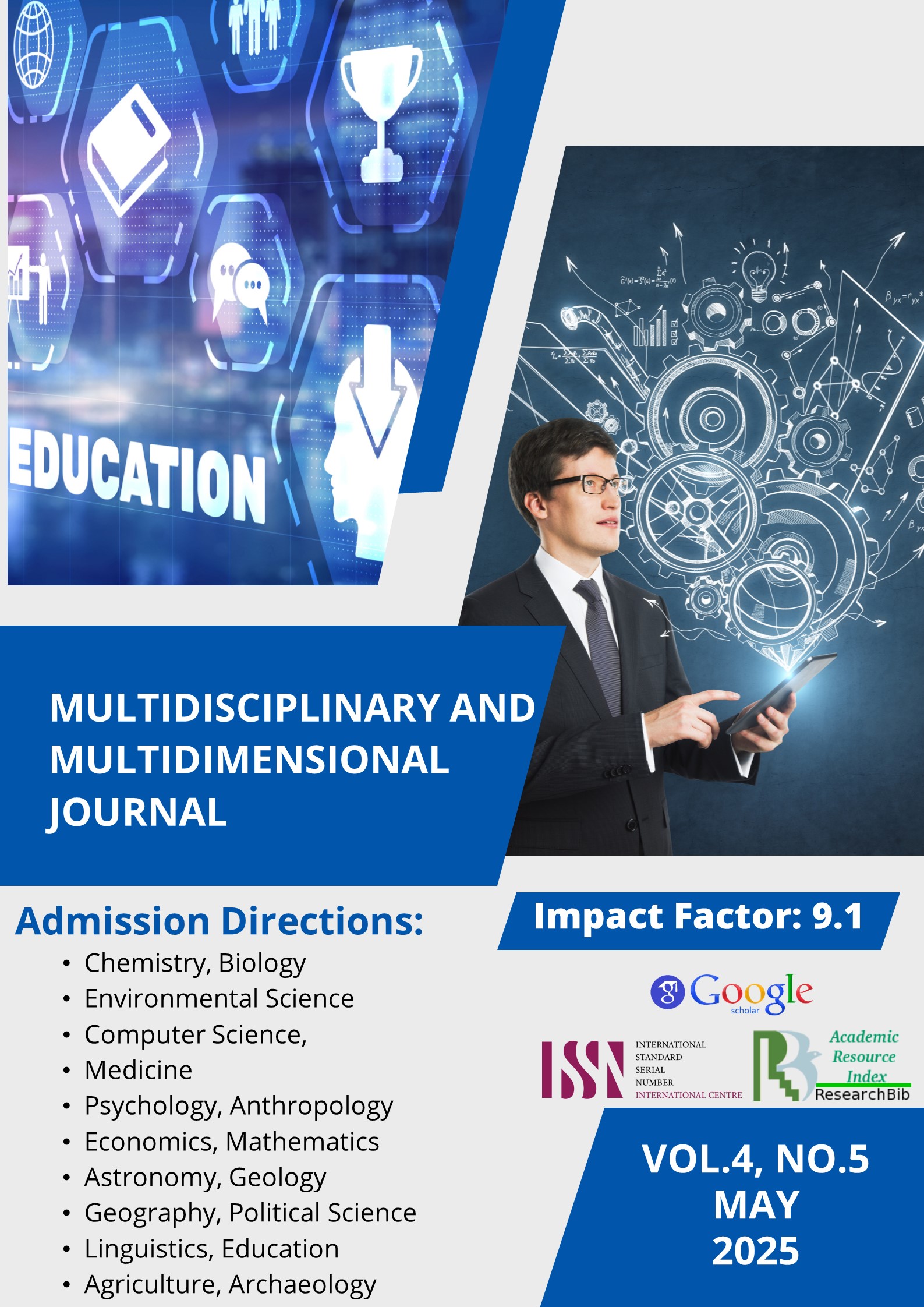LINGUOCULTURAL REPRESENTATION OF CLOTHING IN ENGLISH AND KARAKALPAK LANGUAGES
Abstract
This article explores the linguocultural representation of clothing in the English and Karakalpak languages, with a focus on how garments, textile terminology, and clothing-related idioms encapsulate cultural values and societal norms. English, with its global reach and historical layering, reflects the fashion and symbolism of various epochs and social classes. Meanwhile, Karakalpak, a Turkic language spoken primarily in northwestern Uzbekistan, reflects nomadic heritage, environmental adaptation, and regional identity through its clothing lexicon.
References
Shakespeare, W. (1998). Twelfth Night (N. Orgel, Ed.). Penguin Classics. (Original work published 1602)
Dickens, C. (2003). Oliver Twist (K. Tillotson, Ed.). Oxford University Press. (Original work published 1838)
Zholdasov, U. (2017). Representation of Women’s Heroism in the Karakalpak Epic Qırq Qız. Journal of Turkic Studies, 5(1), 88–95.
Akhmedova, M. (2021). The Role of National Clothing in the Cultural Identity of Turkic Peoples. Tashkent State University of Oriental Studies Journal, 3(2), 45–52.
Parsons, J. (2018). Fashion and Language: A Cultural Semiotics Approach. London: Bloomsbury Academic.











